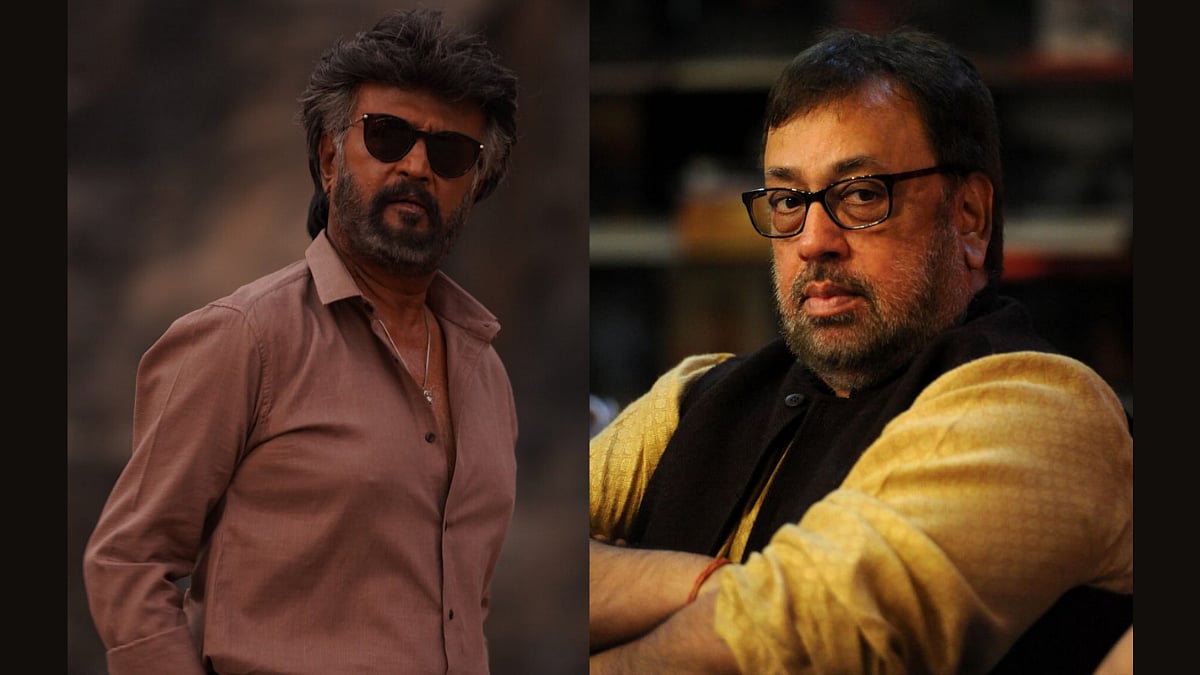Gazing out of my hotel window in Leh, sipping on Kashmiri Kavah, a Persian rug, warming my feet, I wondered how many distant and different regions have culminated so seamlessly for me to enjoy this moment. The winding roads and the rail tracks in challenging terrains, the tourism and economic growth that it boosted, are all made possible by one thing- transportation.
Transportation is akin to a lifeline like the arteries of a country or a city, the world got connected because of this one advancement. From using animals to having the remote-controlled Chandrayan, the journey of transportation and its evolution is inspirational and fascinating.
Would it not be interesting to document its history and its impact within a museum structure? India does not have a transportation museum, though it’s history is long and rich. It would be a reminder to chalk out the trajectory from humble beginnings to where we stand today. It would celebrate stories of courageous sailors, daring pilots, determined railway builders, and ingenious automobile engineers.
Moreover, it's not solely about glorifying our past; charting out history gives a systematic account of the past, of where we come from and can reveal where we are headed, which could encourage innovation. Museums have the potential to be the most interesting temples of knowledge and inspiration, visiting students can be our future engineers and inventors.
Besides, a museum does not merely focus on vehicles; it illustrates the most important aspect of growth, of how travel shapes society. It explains how transportation fuels economic growth, fosters social connections, and brings the world closer together.
The Silk Route is a classic example of how trade between countries came into being, and how commerce relied on advancements in transportation. The Silk Road served not only as the route for exporting goods such as silk, spices, precious metals, handicrafts and architecture, but also transmitted cultural exchange including dance, music, and art. It played a major role in the dissemination of religions too, thus it can be considered an important fundament of human civilization. Another example is Tea, which is now the world's most consumed drink, (after water), is believed to have originated in north-east India. All of this is due to this one advancement- Transportation.
Back home, it was Nehru’s vision and policy then to discourage importing foreign cars, post-independence. He levied heavy duties to make importing cars impossible. This was to help develop our own automobile industry and helped found Hindustan Motors, which manufactured the iconic Ambassador car. This helped boost India’s auto industry, which is now worth more than US$100 billion and accounts for 8% of our total exports and 7.1% of India's GDP.
Roads in India, have a long legacy, the first evidence of road development in the Indian subcontinent can be traced back to the Indus Valley civilization. India has a network of over 6,331,791 kilometres of roads, making it the second largest road network in the world, only after the United States.
Our growth and freedom so depends on our mobility that our contemporary artists have often been inspired by this, from M.F. Husain who drove past the city in his iconic painted car, or Anant Joshi, who created a train, as an artwork, that railed across the gallery, or Sudarshan Shetty who gave wings to a BEST Bus that epitomized the freedom public transport gives to working class people to John Lennon's painted iconic 1965 Rolls-Royce at display in The Royal B.C. Museum in Victoria.
One cannot emphasize enough how the evolution of transportation has impacted broader societal transformations. One can see how steam engines spurred the rise of large factories, how cars revolutionized personal mobility, and how airplanes shrank the world.
A transportation museum in India would be a fitting tribute to its place in our developing world, consistently reminding us that the journey itself is as valuable as the destination.
(Sonal Motla is an art curator and Director at Rachna Sansad, working towards issues on art education, craft and design as a visiting faculty with a few educational institutions like NIFT Mumbai, among others. Send your feedback to: sonal25fpj@gmail.com)












